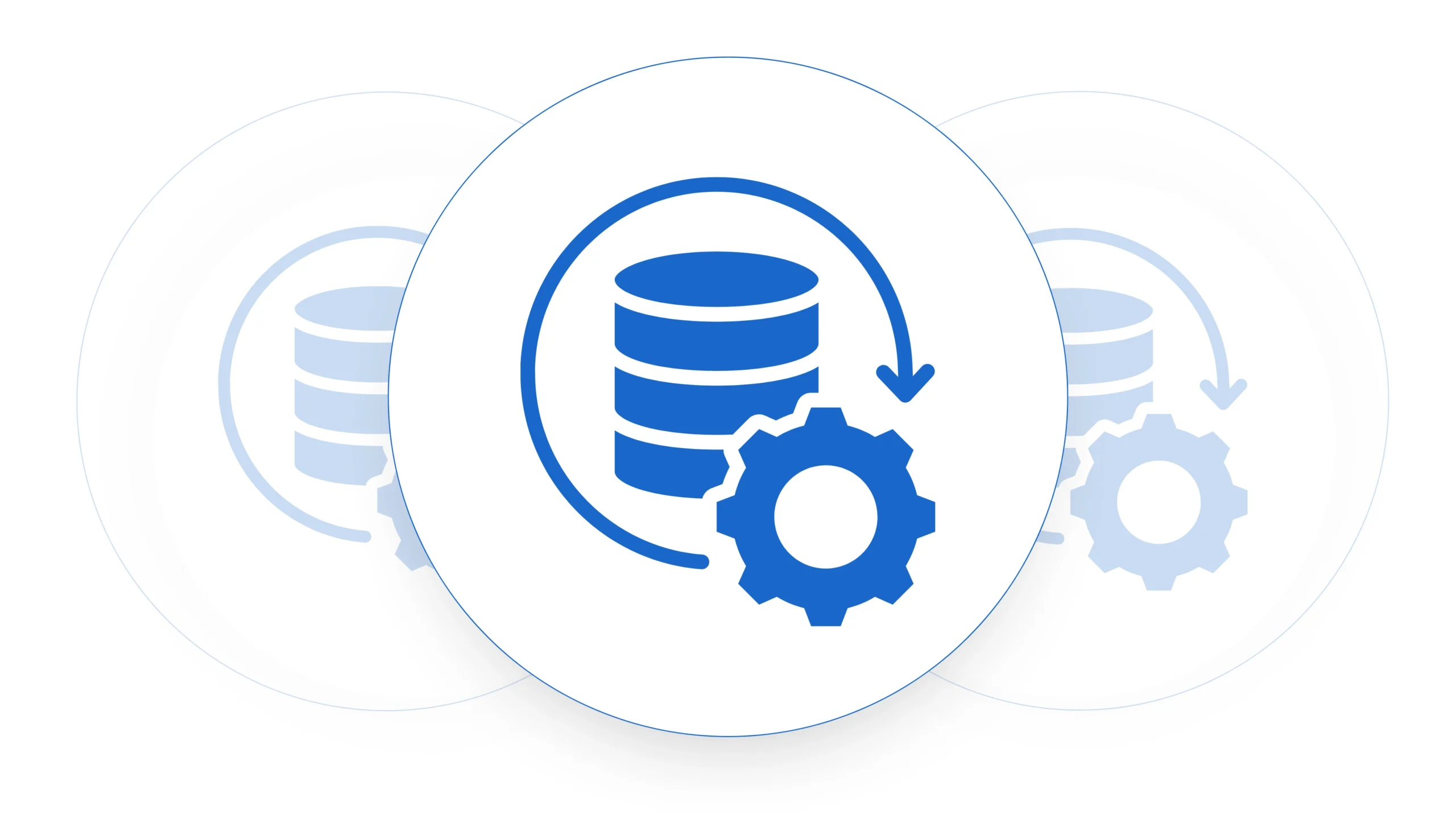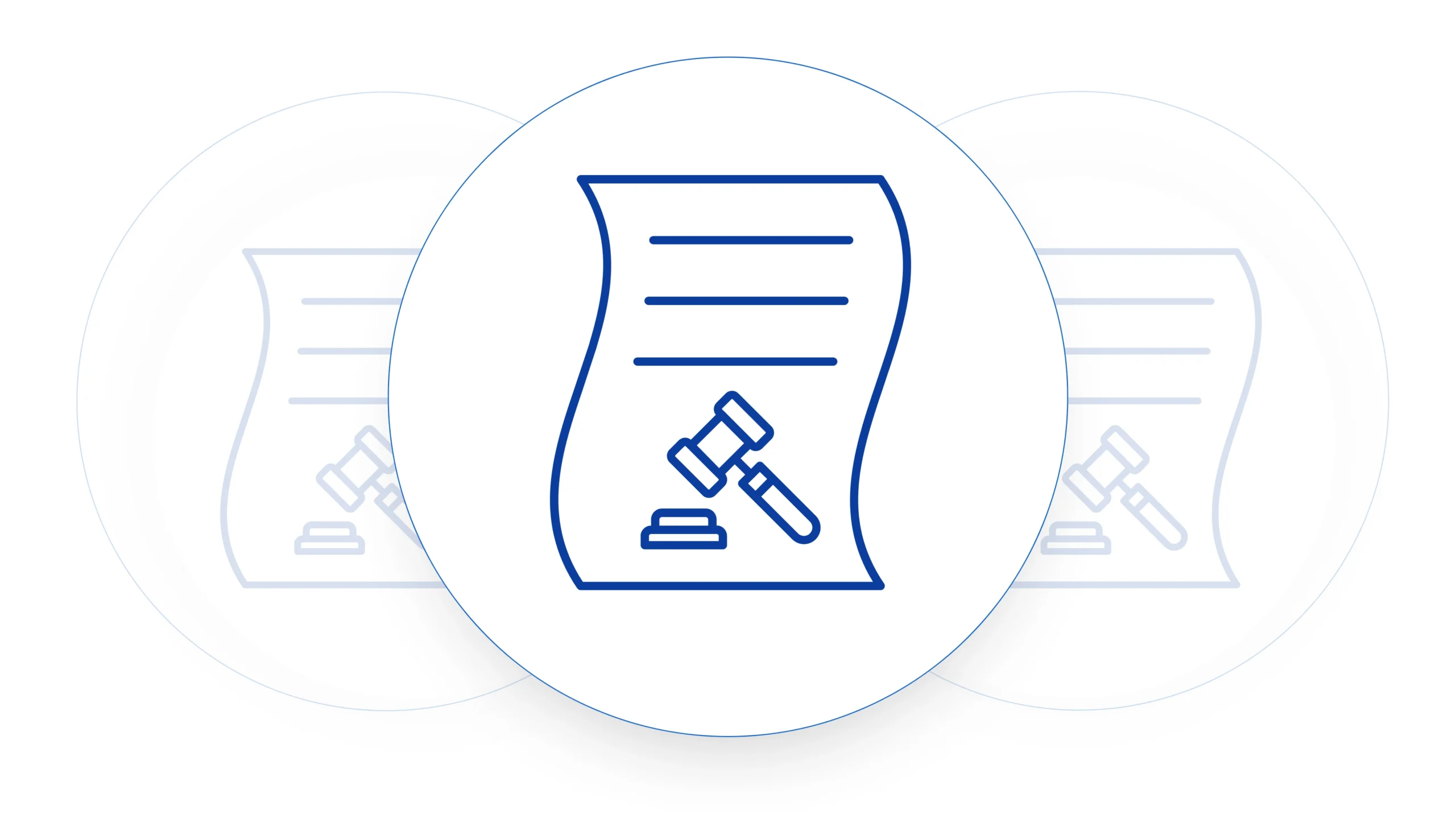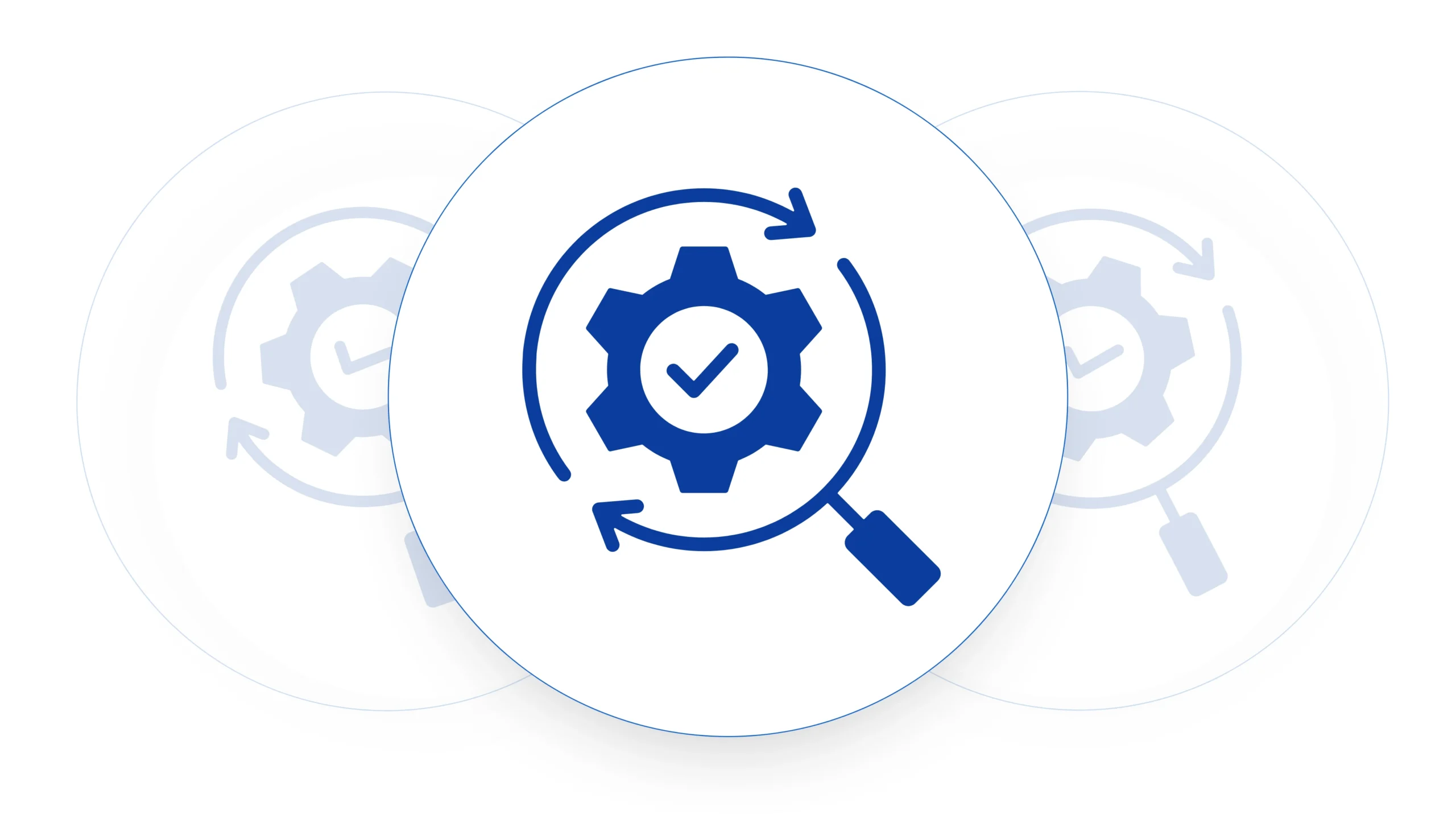Contract tracking best practice is often an afterthought for software as a service company as they are getting started. More often than not the core goal of the business at early stages is scrambling to get deals closed and money in the door while building a product that solves a problem for people. So why should contract tracking best practice be something that you have at least in the back of your mind? Well, it matters. It matters for multiple parts of your business and can impact you heavily as you try to scale up. Let’s start by outlining what contract tracking best practice looks like and then how this simple process will help save you time and money in the future.
What does SaaS contract tracking look like?
Contracts are effectively a store of data for your responsibilities to all of your customers. As a store of data, they do a horrible job, especially as you start to get more and more contracts in place. Every contract tells you a lot of information about a customer, when they become a customer, how much they pay you, what are the outcomes of disputes, what happens if things go poorly, if you have a service level agreement with them, can you use their logo in your advertising, the list goes on. The fun thing about contracts (he says with as much sarcasm as possible) is that this data is almost always captured in qualitative formats, i.e: paragraphs and in formats that are non-standard and trapped in file types like PDFs and Word files that are absolute time drain to deal with. If you’ve ever read a master service agreement you’ll know what I’m talking about, if you’ve ever scaled a company’s legal function you’ll cringe and if you’ve ever paid the legal fees for someone else to do it you’ll probably cry.
SAAS contract tracking best practice is effectively the process of taking this data that’s trapped in these monoliths of text and putting them into something digestible. It doesn’t have to be much, as a startup company a lot of early work is hacking things to move forward. Look at this simple table below as an example of what can easily save you from heartache later:
Is that it?
No, it is not. This is a very basic version of contract tracking, one that will help you a lot in the future. But as you scale up things will get more and more complicated. As you expand internationally you’ll have different billing entities, as you get customers in different countries they will start asking for the country or territory of ruling law for the contract to be different and as you grow you’ll be faced with more and more SAAS contract differences.
By building out a base from when you first start you build a habit of capturing this information as you go. This is much easier than trying to collect it from a hundred SAAS contracts when you are facing your series A due diligence.
When contract tracking becomes an advantage
There will be multiple times in your growth journey that contract tracking will become an advantage to you, some of which will be easy to anticipate and others will not be so easy to anticipate. Let’s dig into a couple.
Contract tracking for due diligence preparation
Going into due diligence for a round of investment is a very daunting thing, especially for first-time founders who haven’t been given guidance on how to prepare. One of the core areas of due diligence is the legal review of the contracts that you have with customers. The legal review will go over each of your contracts with a fine-toothed comb and find all of the abnormalities that pop out. And there will be many. SAAS companies are rocket ships that often have to agree to terms and take on risks in contracts to get early customers on board. So how does contract tracking help in this preparation?
Well, you’re going into a negotiation for investment into your product. With any negotiation, you want to be as well-informed as you possibly can be. Unless you have the time to read hundreds of pages of contracts your contract tracking sheet will work as your cheat sheet. It will immediately show you where the risk lies and why you took on that risk (for a good logo or a large ARR customer). This knowledge will allow you to be clear and upfront about the position of your business rather than have the investor’s legal team bring issues to the table.
Contract tracking for your development and SaaS finance team
Keeping a clear outline of what levels of uptime are expected by customers and what happens if a customer asks for a refund will save hours for your developers and finance team. Customers, in particular large customers, are willing to pay large amounts for early-stage products so they can get an advantage over their competitors but with this large dollar value comes a large expectation of the service provided. In the early stages of your startup it’s not uncommon to have issues of instability with downtime as you grow into scale, what happens when a customer comes knocking on the door for a refund or a credit based on your service level agreement being breached? Your contract tracking will once again work as your cheat sheet to save the team time and money.
Contract tracking for your SaaS marketing team to scale logos and case studies
How many times has the marketing team had to ask ‘Can I use this logo on our website?’ Probably a lot. As you scale it gets more and more important to get good logos on your website as customers. This is particularly true when selling to enterprise customers, they want to see that they are using software that other people on their level are using. Having clear contract tracking will allow your marketing team to have an up-to-date list of the logos they can and can’t use in their marketing efforts.













